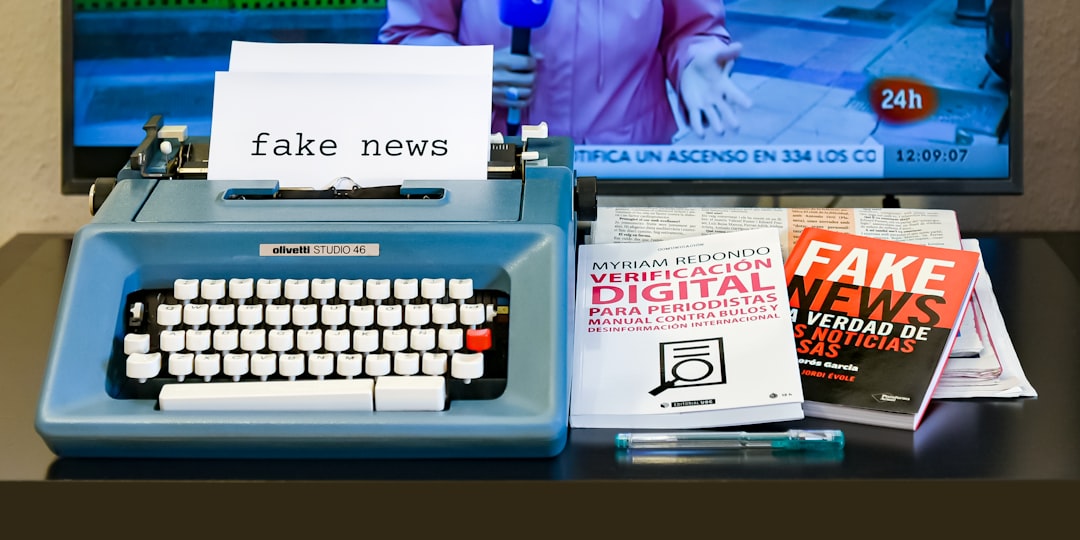Finding high-quality images for websites, blogs, presentations, or marketing materials can be challenging—especially when you’re working under budget constraints or want the freedom to use and adapt images freely. Fortunately, there is a wide range of public domain image resources available online that can help you find exactly what you need—without licensing concerns. This guide explores trustworthy and versatile websites offering free public domain images suitable for both personal and commercial use.
Understanding Public Domain and Creative Commons Zero (CC0)
Before diving into the resources, it’s important to understand what “public domain” means. An image in the public domain can be used by anyone for any purpose—commercial or non-commercial—without asking permission or giving credit to the creator. Similarly, images licensed under Creative Commons Zero (CC0) are effectively donated by the artist or photographer to the public domain. This means you don’t need to worry about copyright issues, attribution, or usage restrictions.
Still, it’s always wise to double-check a platform’s license terms before using their content, as some platforms mix public domain content with other license types.
Trusted Sources for Free Public Domain Images
Here is a list of dependable websites offering truly royalty-free and public domain images for any application.
-
1. Pixabay
Pixabay is one of the most popular platforms offering over 2.5 million images, illustrations, vector graphics, and short videos. All images are released under the Pixabay License, which is similar to CC0 and free for commercial use without the need for attribution. Its advanced search functionality and content categorization make it easy to find what you’re looking for.
-
2. Unsplash
Unsplash is known for its high-resolution, artistic, and marketing-quality photography contributed by skilled photographers. Although not technically public domain, Unsplash uses a very permissive license allowing people to copy, modify, distribute, and use images freely, including for commercial purposes—without permission or attribution.
-
3. Pexels
Pexels provides a wide range of curated photos and videos under the Pexels license, similar to CC0. This platform is especially useful for social media managers and content creators looking for contemporary and lifestyle content. All resources are free for commercial and non-commercial use.
-
4. Public Domain Pictures
Public Domain Pictures hosts a repository of thousands of amateur and professional public domain images. It’s ideal for more generic or illustrative needs. Attribution is not required, though some premium content may require payment.
-
5. Wikimedia Commons
Wikimedia Commons offers millions of files, including photographs, diagrams, and historic illustrations. Not all content is public domain, but you can filter by license type. It’s an excellent resource for educational and academic image requirements.
-
6. RawPixel (Public Domain Section)
RawPixel offers one of the most diverse collections of design assets. Their “Public Domain” section includes images derived from historical archives, classic artwork, and vintage illustrations. These files are safely categorized and available for free under public domain terms.
-
7. Smithsonian Open Access
Smithsonian Open Access provides access to over 4 million 2D and 3D images from their vast museum collections. All media are released under CC0, and you are free to download, share, and remix content as you see fit.
Specific Use-Cases for Public Domain Images
Public domain images are suitable for a wide range of professional and creative applications. Whether you’re designing a web page, assembling an educational booklet, or preparing a business presentation, these resources will serve your needs.
- Web Design: High-resolution stock images from Unsplash or Pexels can enhance landing pages without licensing worries.
- Print Media: Pixabay and Public Domain Pictures can be used confidently for brochures or posters.
- Educational Content: Resources like Wikimedia Commons or Smithsonian are valuable for academic publishers and teachers looking for historical accuracy and illustration.
Even branding materials such as slide decks, product presentations, or social media campaigns can benefit from using attractive, legal-to-use images offered by these platforms.

Tips for Using Public Domain Images Effectively
Even though you’re using free images, quality execution still matters. Here are a few best practices to maximize the impact of public domain visuals, including using AI image upscale to enhance clarity and detail:
- Check Resolution: Make sure the image resolution fits your intended application. Print requires higher DPI (usually 300), while digital use is often fine at 72 DPI.
- Maintain Aesthetic Consistency: Try to use visual elements that align with your brand’s color palette, theme, or tone to ensure a cohesive user experience.
- Edit When Necessary: Feel free to crop, recolor, or add design elements to customize the image. Tools like Canva, Adobe Express, or Figma can add polish.
- Keyword Search: Use relevant and precise search terms to narrow down results. This can save time and yield better matches.
- Respect Non-Image Content: Some platforms also offer fonts, templates, or videos—be cautious and review licensing independently for these assets.
Limitations and Legal Cautions
While most of these resources are safe, there are a few caveats to bear in mind:
- Trademarked Content: Even in public domain images, you cannot include visible trademarks, logos, or brand-specific visuals in your commercial use unless you have permission.
- People and Privacy Rights: Portraits or identifiable persons in the photos require “model releases” for many commercial applications, especially advertising. Some websites, like Pexels and Pixabay, confirm whether model releases have been obtained.
- Platform Variance: Some platforms might include paid content or partner with third-party contributors who apply different licensing. Always read the fine print or look for CC0 designation.
Taking a few extra minutes to verify an image’s usage rights can save you potential legal complications in the future.
Conclusion: Benefit Without Boundaries
Free public domain image platforms are invaluable tools for businesses, educators, designers, and marketers. They enable professional-quality visual communication at no cost, enhancing your projects without straining your resources. By choosing platforms that genuinely support free and open use—like Pixabay, Unsplash, Wikimedia Commons, and others—you can significantly reduce image sourcing time while ensuring compliance with legal standards.

Remember: success often lies not only in having access to resources—but in knowing how to use them wisely. With the right public domain images, your ideas can come to life more vividly, attractively, and legally than ever before.



